International
The AK-47, the first Kalashnikov rifle, turns 75 in the Ukrainian trenches
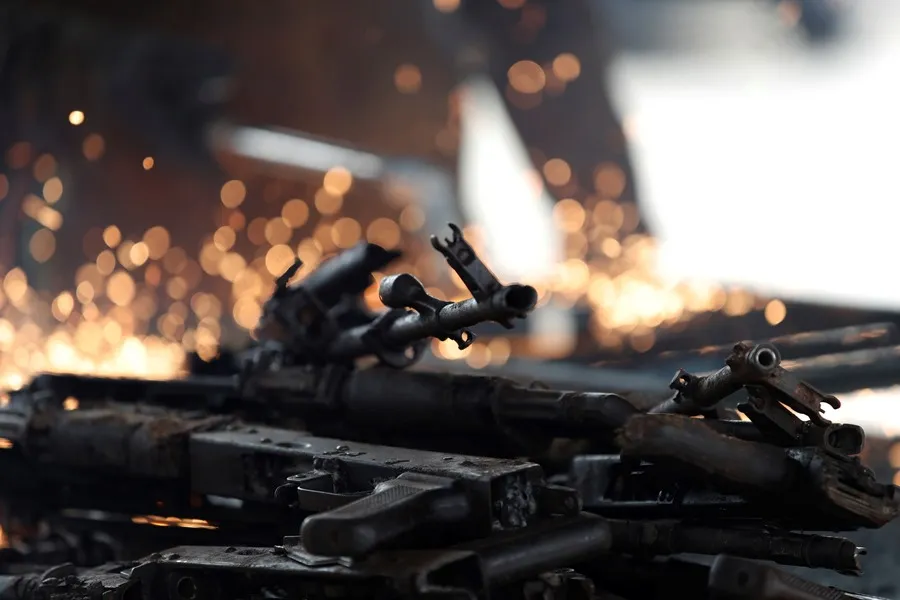
The AK-47, the most fired rifle in history, turns 75 years old without losing its validity, as demonstrated in the current war in Ukraine, where both sides continue to use it, although it hardly officially appears in their arsenals.
“Mijail Kalashnikov was a true patriot. He invented the rifle just to defend himself from the enemy,” he told EFE Nelli, the eldest daughter of the legendary gunsmith (1919-2013) a few years ago.
The first rifle designed by Kalashnikov entered service in the Soviet Army on June 18, 1949, in the middle of the Cold War.
The gunsmith of the former Soviet Union, then a modest sergeant, was impressed by an episode during the Great Patriotic War (1941-45) in which a soldier died at the hands of the Germans because his weapon was boxed.
Although its initial objective was to create an automatic rifle that would allow the Red Army to win the war, the AK-47 never fired at the German invader.
The first AK made its fame for its simplicity and its resistance to elements, water and sand. With only eight moving parts, it can be used by any fighter, child or adult, and can be disassembled in less than a minute.
The characteristics of the AK-47 have gone in history: 4.3 kilos of weight, 30 ammunition bullets, 800 meters of range and a firing rate of 600 shots per minute.
Since 1949, more than 100 million units of this rifle have been manufactured, according to Russian sources, which represents 15% of the total volume of light weapons in service in the world.
Although only twelve countries have a production license – China and North Korea, among them – there are many countries that manufacture it, have clandestinely transferred the technology or, openly, use their parts to design modified rifles, including Western countries.
Its popularity in certain corners of the planet was so great during the wars of liberation that the Kalashnikov, ideal for guerrilla warfare, was included in the flags and shields of several countries (Zimbabwa, Mozambique, Burkina Faso or East Timor).
The AK-47 was adopted by armies of 55 countries, but it has rained a lot since 1949. The Kalashnikov state corporation itself, which now also manufactures assault drones, has since designed the AKM, the AK-74, the AK-15 and the AK-12, among others.
In fact, the consortium, which is under Western sanctions, signed with the Army in 2021, on the eve of the start of the Russian military campaign in Ukraine, a three-year contract for the supply of light weapons.
Last April, Kalashnikov announced the delivery to the Ministry of Defense of a batch of renewed AK-12 assault rifles, which includes a dioptric telescopic peephole and a two-way security device.
Kalashnikov emphasizes that the fighting within the framework of the so-called special military operation showed that the AK-12 should be perfected to make it “lighter”, improve its ergonomics and facilitate its use.
According to official sources, the consortium provided the Russian Armed Forces with twice as many AK-12 rifles in the first year of the war in Ukraine in 2023.
The United States authorities also announced in April the supply to the Ukrainian army of about 5,000 AK-47 rifles from their own arsenals.
Although his last name is known all over the world, that fame caused remorse to Kalashnikov, who before dying wrote a letter to the Patriarch of the Russian Orthodox Church, since he understood that he had created “a weapon that killed people all over the world.”
“The pain I have in my soul is unbearable. An unanswered question resounds again and again: since my rifle killed so many people, is it me, Mikhail Kalashnikov, 93 years old, son of peasants, Christian and of Orthodox faith, guilty of his death, even if it is enemies?” the letter said.
In the last years of his life, Kalashnikov, who has a statue where he poses with his invention in the center of Moscow, admitted to his descendants that he was “not prepared” for the universalization of his invention as a weapon “against humanity” in the hands of terrorists
International
Chile enters runoff campaign with Kast leading and Jara seeking a last-minute comeback

Chile’s presidential runoff campaign for the December 14 election kicked off this Sunday, with far-right candidate José Antonio Kast entering the race as the clear favorite in the polls, while left-wing contender Jeannette Jara faces an uphill scenario, hoping for a comeback that some experts describe as “a miracle.”
The final polls released in Chile—published before the mandatory blackout on survey dissemination—give Kast, an ultraconservative former lawmaker running for president for the third time, a lead of between 12 and 16 points. His opponent, the communist former minister in Gabriel Boric’s current administration, is weighed down not only by the government’s low approval ratings but also by a fragmented electorate.
Although Jeannette Jara received the most votes in the first round with 26.9%, her lack of alliances beyond the left makes it difficult for her to expand her support. Kast, who secured 23.9%, has already brought key figures on board: ultralibertarian Johannes Kaiser (13.9%) and traditional right-wing leader Evelyn Matthei (12.4%), both now backing his candidacy.
Analysts note that although Kast’s support base consolidates more than 50% of the electorate, it does not guarantee an automatic transfer of votes. Populist economist Franco Parisi, who placed third with 19.7%, emerges as the major wildcard. His party, the People’s Party (PDG), is set to decide this Sunday through an internal consultation whether to endorse one of the two finalists.
International
Trump says asylum decision freeze will remain in place “for a long time”

U.S. President Donald Trump warned on Sunday that the suspension of decisions on asylum applications—implemented as part of his order to “halt” immigration from third-world countries following Wednesday’s shooting in Washington—will remain in effect “for a long time.”
The president declined to specify how long the freeze, imposed last Friday by the U.S. Citizenship and Immigration Services (USCIS), would last. The suspension affects individuals waiting for an asylum ruling from that agency, though it does not apply to cases handled by U.S. immigration courts.
The delay is part of a series of measures enacted by the Trump Administration after a shooting on Wednesday in which an Afghan national allegedly opened fire on the National Guard in Washington, D.C., killing one officer and leaving another in critical condition.
Trump has ordered a permanent halt to immigration from 19 countries classified as “third-world.” He also indicated on Sunday that “possibly” more nations could be added to the list.
“These are countries with high crime rates. They are countries that do not function well… that are not known for success, and frankly, we don’t need people from those places coming into our country and telling us what to do,” Trump said, adding: “We don’t want those people.”
USCIS had already announced on Thursday a “rigorous review” of green cards held by migrants from 19 “countries of concern,” including Afghanistan, Cuba, Venezuela, and Haiti.
International
Sri Lanka and Indonesia deploy military as deadly asian floods kill over 1,000
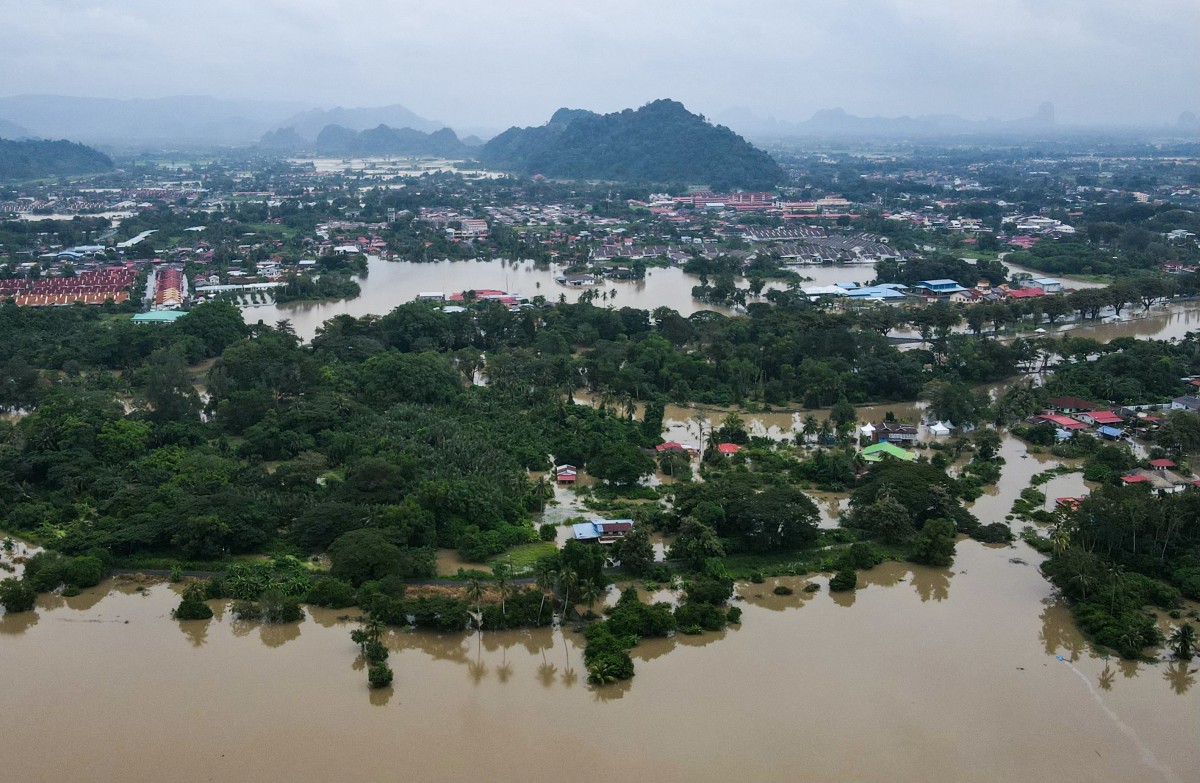
Sri Lanka and Indonesia deployed military personnel on Monday to assist victims of the devastating floods that have killed more than a thousand people across Asia in recent days.
A series of weather events last week triggered prolonged torrential rains across Sri Lanka, parts of Indonesia’s Sumatra island, southern Thailand, and northern Malaysia. Indonesian President Prabowo Subianto said Monday in North Sumatra that “the priority now is to deliver the necessary aid as quickly as possible.”
“There are several isolated villages that, with God’s help, we will be able to reach,” he added. Subianto also stated that the government had deployed helicopters and aircraft to support relief operations.
Floods and landslides have claimed 502 lives in Indonesia, with a similar number still missing.
This marks the highest death toll from a natural disaster in Indonesia since 2018, when an earthquake and subsequent tsunami killed more than 2,000 people.
The government has sent three military ships carrying aid and two hospital vessels to the hardest-hit regions, where many roads remain impassable.
In the village of Sungai Nyalo, located about 100 kilometers from Padang, the capital of West Sumatra, floodwaters had receded by Sunday, leaving homes, vehicles, and crops coated in thick mud.
-

 Central America3 days ago
Central America3 days agoTrump Pardons Former Honduran President Hernández and Warns of Aid Cuts Ahead of Election
-

 Central America1 day ago
Central America1 day agoHonduras Extends Voting by One Hour Amid High Turnout, CNE Announces
-
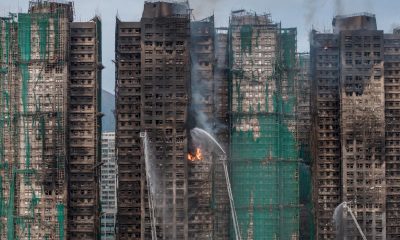
 International17 hours ago
International17 hours agoHong Kong police arrest 13 over deadly high-rise fire that killed 151
-
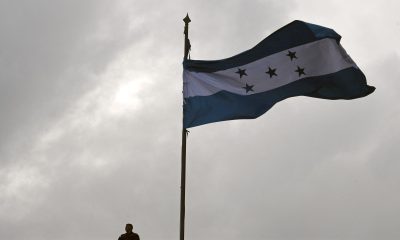
 Central America2 days ago
Central America2 days agoHonduras’ China–Taiwan Future Hinges on Sunday’s Presidential Election
-

 International3 days ago
International3 days agoMeta Says Russia Seeks to Ban WhatsApp for Defending Secure Communication
-

 International17 hours ago
International17 hours agoChile enters runoff campaign with Kast leading and Jara seeking a last-minute comeback
-
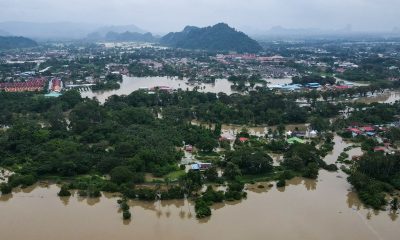
 International17 hours ago
International17 hours agoSri Lanka and Indonesia deploy military as deadly asian floods kill over 1,000
-

 International17 hours ago
International17 hours agoTrump says asylum decision freeze will remain in place “for a long time”






























